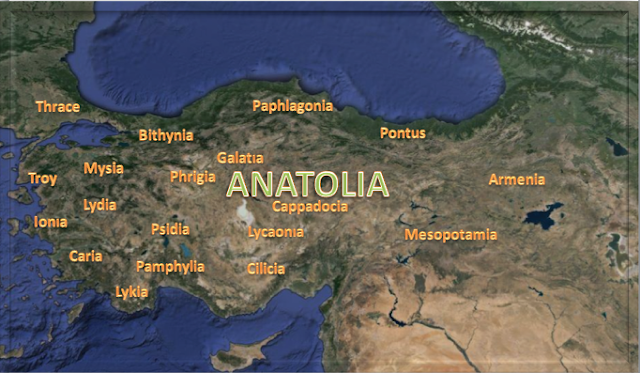If you feel like to enjoy sightseeing included visiting ancient greek and roman ruins, remarkable landscape of seas or to perceive natural beauties giving much power to you than anything or to find out Antolian life style and Ottoman culture by most significent historical places, you should follow alternative tour routes compiled and advised by me. Ancient Anatolia allows you to see numerous ancient sites & ruins from prehistoric era to modern Turkish Republic era. While selecting routes, undoubtably it will be ideal to classify according to the ancient regions' borders consisted of well - preserved cities. Mostly you are going to see that some major regions' names with explanations shown down. From start till end of the routes you will witness never - ending history of regions of Anatolia where you likely loose yourself in astonishing relics. You can make a trip just in one region or you can make it longer visiting more regions.
We would like to introduce to you some specially prepared and suggested tour, treekking, camping and blue voyage spots of Anatolia for your pleasure. These selected destinations are definitly preferable and well-known places.
We would like to introduce to you some specially prepared and suggested tour, treekking, camping and blue voyage spots of Anatolia for your pleasure. These selected destinations are definitly preferable and well-known places.







